Ise Jingu: Features and Highlights of Japan's Spiritual Homeland

With its Inner Shrine and Outer Shrine, Ise Jingu (Ise Grand Shrine) in Mie is unique compared to other shrines. This comprehensive guide introduces the features of Ise Grand Shrine, including access information, nearby points of interest, and local food to sample in the area.
The main deity worshipped at Ise Jingu, or Ise Grand Shrine, is Amaterasu Omikami, the most revered deity in Japan. The Goddess of the Sun oversees all things and is also the ancestral deity of the Japanese Imperial Family.
Apart from the Inner Shrine, which enshrines Amaterasu Omikami, there is also the Outer Shrine, which enshrines Toyouke Omikami, along with 14 auxiliary shrines, 43 branch shrines, 24 precinct shrines, 42 pavilions, and other sites such as Okage Yokocho.
In fact, one would need to spend a whole day carefully exploring this place known as the spiritual homeland of the Japanese people.
Ise Jingu Guide
The Outer Shrine of Ise Jingu
The Inner Shrine of Ise Jingu
5 Unique Features of Ise Jingu's Inner Shrine
Access to Ise Jingu
Local Food to Try at Ise Jingu
Nearby Tourist Attractions
The Outer Shrine at Ise Jingu
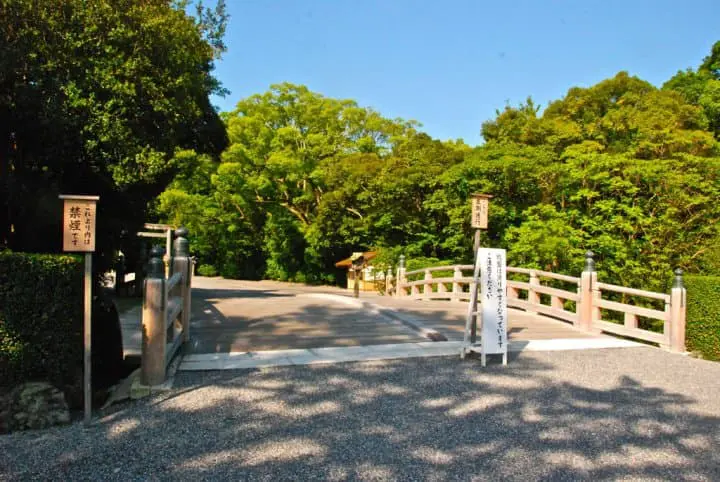
Hiyoke Bridge
The formal name of the Outer Shrine (Geku) is Toyouke-Omikami Shrine and it enshrines the deity that protects all industries related to food, clothing, and shelter.
It takes about 30 minutes to explore the entire Outer Shrine. Remember that visitors should walk on the left side of the Outer Shrine. Alternatively, they should walk on the right side at the Inner Shrine.
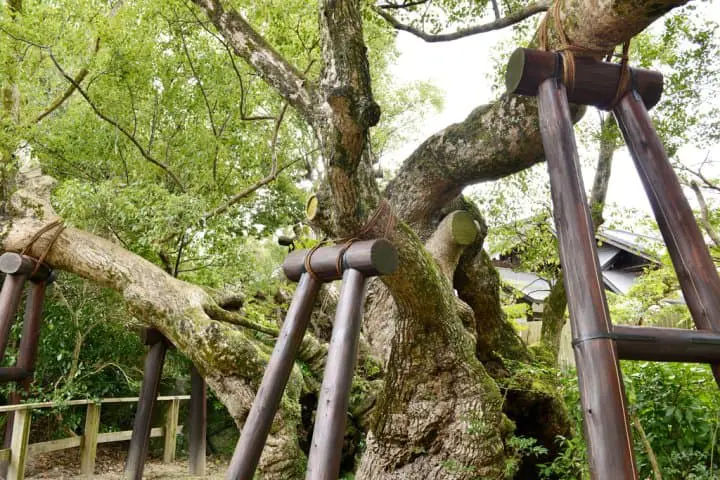
After crossing the Hiyoke Bridge at the Outer Shrine, you will come across a magnificent and imposing sacred tree called Kiyomori's Camphor Tree.
Legend has it that when Taira no Kiyomori, a military leader during the Heian period, visited here as an envoy, his headdress got stuck in the branches of this tree. In frustration, Kiyomori cut down the branches. It is believed that the deities of Ise Grand Shrine saw through Kiyomori's actions.
Magatama-shaped Omamori Amulets
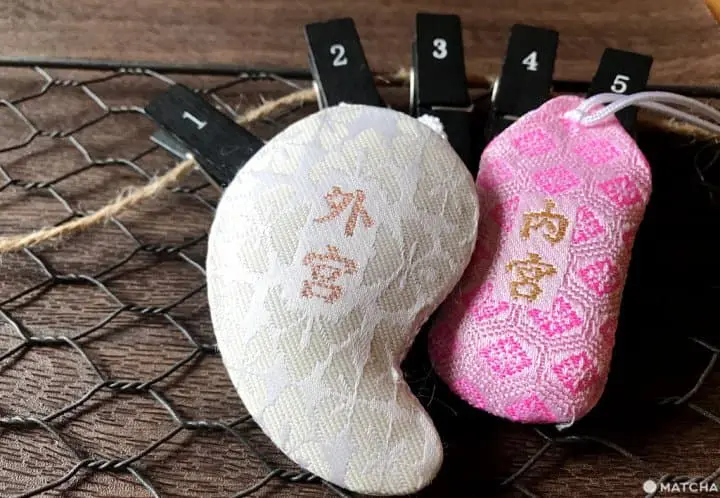
Continuing forward, you will come across the Kaguraden, a hall with a stage for ritual dances, where various kinds of omamori (amulets) are sold.
The omamori sold at the Outer Shrine and Inner Shrine have the same benefits. However, the omamori are shaped like a magatama bead at the Outer Shrine. These magatama-shaped omamori are considered auspicious; moreover, the ones available at Ise Jingu are intricately embroidered and charming.
For visitors who prefer a less crowded shopping experience, this is an excellent place to purchase your good luck charms.
Even Numbered and Hollowed Chigi Architecture
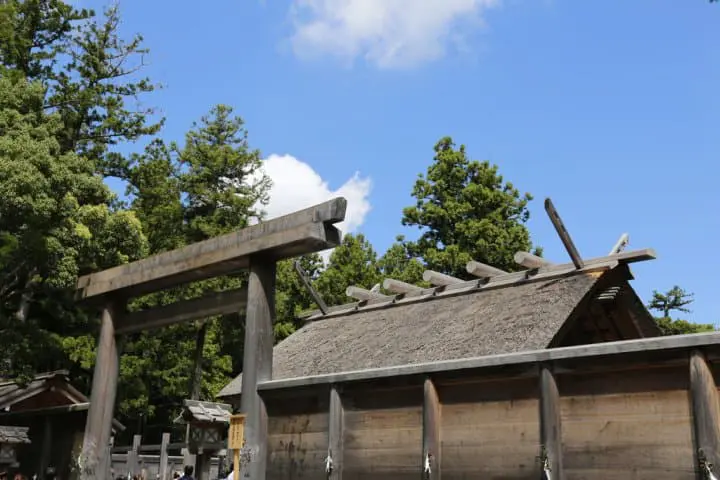
Next, you will arrive at the main hall of the Toyouke-Omikami Shrine. Toyouke-Omikami, the deity enshrined at the Outer Shrine, is said to have been instructed by Emperor Ouryaku in a dream to go to Tanba Province to welcome Toyouke-Omikami to Ise Grand Shrine and oversee the food offerings for Amaterasu-Omikami.
The main halls of the Outer Shrine and Inner Shrine are designed similarly. One distinction is that the Outer Shrine has an additional hall called the Omotekaden, a unique feature of the Toyouke-Omikami Shrine.
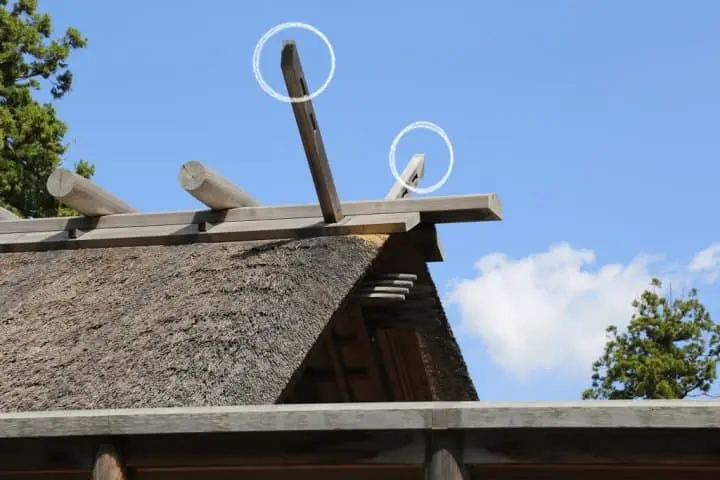
Moreover, the chigi (*1) of the main hall at the Outer Shrine is an outer-cut style with vertical notches featuring nine hinoki cypress logs.
In contrast, the main hall of the Inner Shrine has an inner-cut style with horizontal notches and ten hinoki cypress logs.
*1 Chigi: The crossed beams extending upwards from both ends of the roof gables in Shinto architecture are called chigi.
*Photos are prohibited inside the main hall.
Energy Points at the Outer Shrine of Ise Grand Shrine
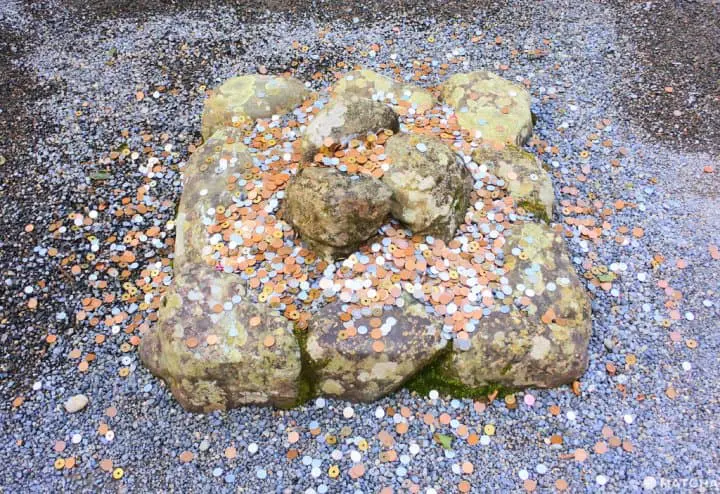
Continuing towards the branch shrines, you will come across the Three Stones (Mitsuishi) encircled by ropes. This is where the chief priest of the shrine cleanses himself of impurities.
In recent years, word of mouth has made this a popular spot for good luck. It is said that taking a photo facing the Three Stones and setting it as a screensaver on your phone or computer wallpaper can usher in good fortune. However, this is an unofficial folk belief. It's fine to try it as long as you don't touch the stones.
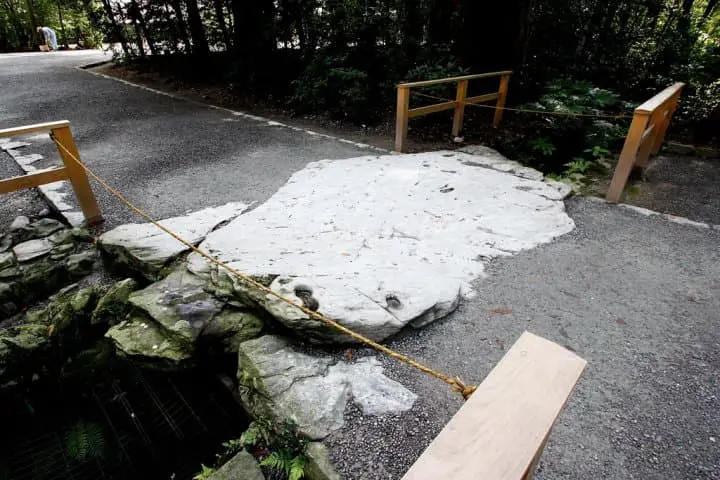
Further along, you will encounter a stream with a small stone bridge above it. If you face towards the branch shrines and look to the right side of the stone—known as the Turtle Stone, resembling a turtle extending its front limbs—you'll encounter the second auspicious spot at the Outer Shrine. Unlike the Three Stones, it is said that touching the Turtle Stone can help improve your luck.
The Inner Shrine of Ise Jingu
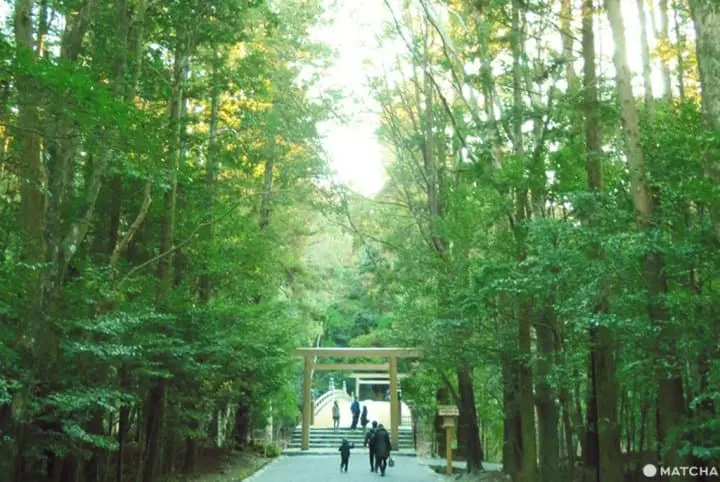
There are two ways to travel from the Outer Shrine to the Inner Shrine: one is to walk to the North Gate of the Outer Shrine, which leads directly to the Inner Shrine's Uji Bridge, and the other is to take a bus to the Inner Shrine.
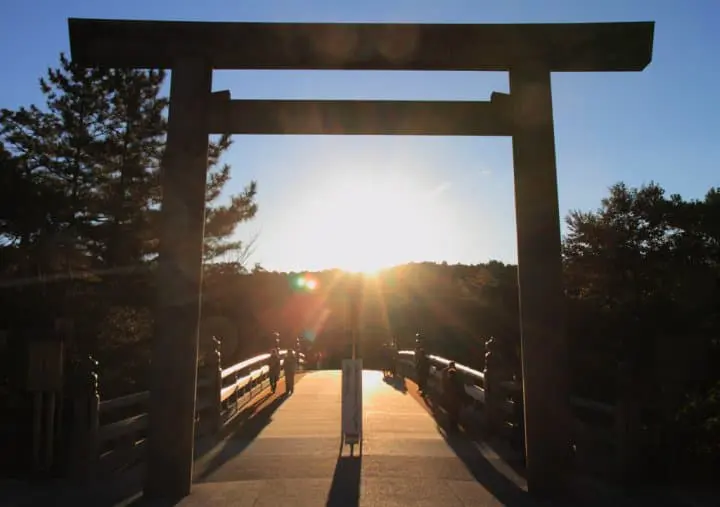
Upon entering from the Geku (Outer Shrine) entrance, you will encounter the solemn and serene Uji Bridge. This is where you can experience a sense of sacredness. It is quite natural to bow in respect along with others before passing through the torii gate.
From late November to late January, if you can wake up early, you may catch the spectacular view of the rising sun as it ascends from the east through the torii gate in the middle of the Uji Bridge.
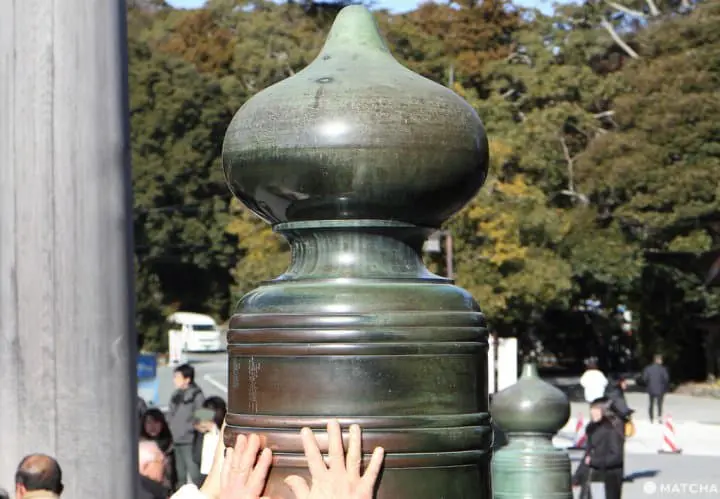
On the Uji Bridge, there is a spot rumored to bring good luck. If you face the left side of the grand torii gate, you will see a glistening ball that has turned colored from being touched. It is believed to contain a prayer tablet from the Omiwa Bridge Shrine, the deity of the Uji Bridge, and touching this ball is said to bring about blessings and safety.
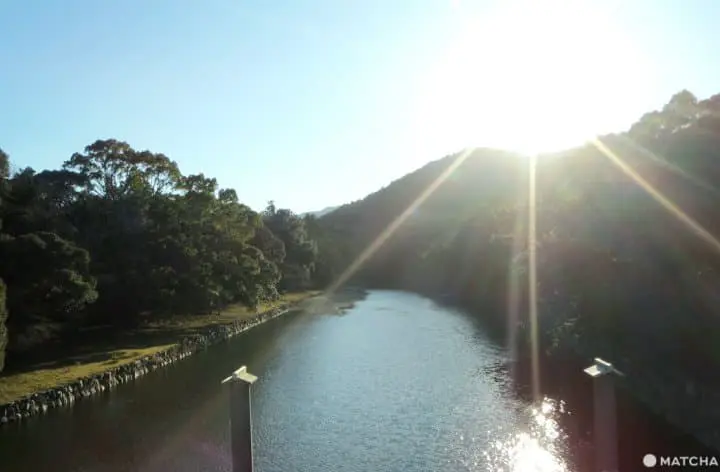
While crossing the Isuzugawa River, you may notice pillars standing in the middle of the river. At first glance, you might think these are unfinished bridge construction elements.
However, these pillars are installed to prevent floating debris from damaging the bridge structure during sudden river surges. Thus, the location of these pillars marks the upstream portion of the Isuzugawa River.
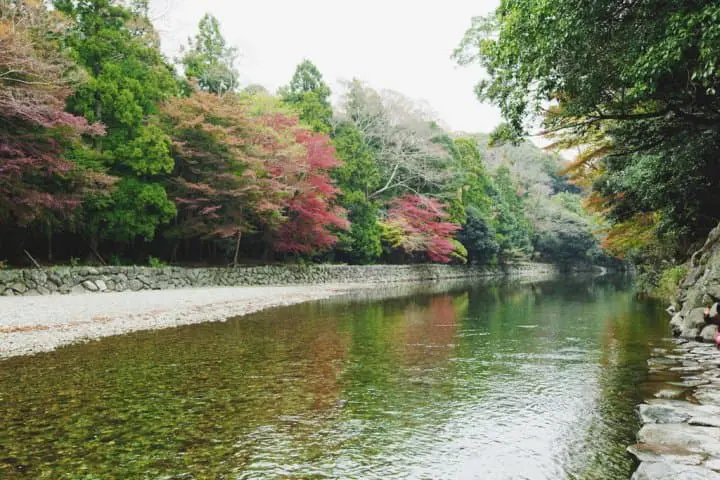
Approaching the Isuzugawa River, one may feel as if they have entered a mystical realm. This is likely due to the surrounding shrine architecture.
This sensation is not unique to the Isuzugawa River. Visitors can occasionally glimpse river scenery throughout the entire Ise Grand Shrine. Sunlight filtering through the foliage delicately touches the serene green surface of the river, evoking a sense of inner tranquility.
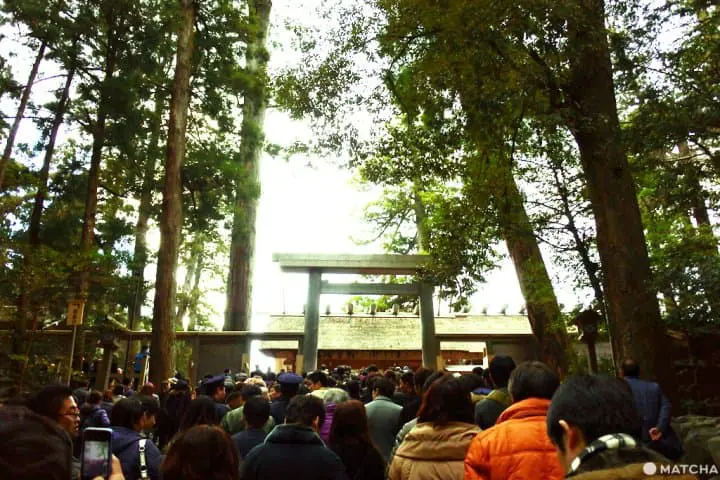
Before long, you will reach the main hall of Amaterasu-Omikami. During the New Year period, crowds of visitors to the main hall of the Ise Grand Shrine are notorious. Like the Outer Shrine, photography is prohibited within the main hall's walls.
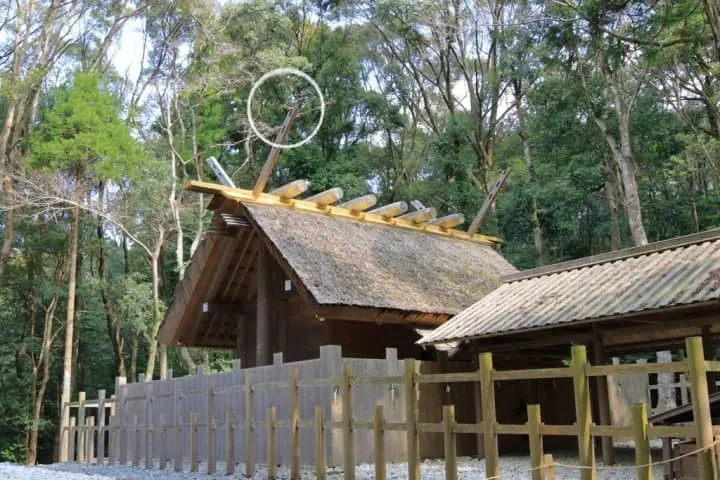
As shown in the images, the main hall of the Inner Shrine follows the inner-cut style with horizontal notches and features ten hinoki cypress logs.
In most Shinto shrines, the design of the main hall aligns with the gender of the primary deity. Shrines dedicated to male deities typically feature odd-numbered hinoki logs on the exterior, while those dedicated to female deities have even-numbered hinoki logs.
However, at the Ise Grand Shrine, this distinction is not based on gender but on the separation into Outer and Inner Shrines. The Outer Shrine buildings consistently exhibit odd-numbered hinoki logs on the exterior. At the same time, the Inner Shrine adheres to the rule of even-numbered hinoki logs on the interior, differing from the practices of other shrines.
5 Unique Features of the Inner Shrine of Ise Grand Shrine
Apart from the general features introduced above, some aspects of Ise Jingu make it truly unique among Japan's shrines.
1. Absence of Shimenawa
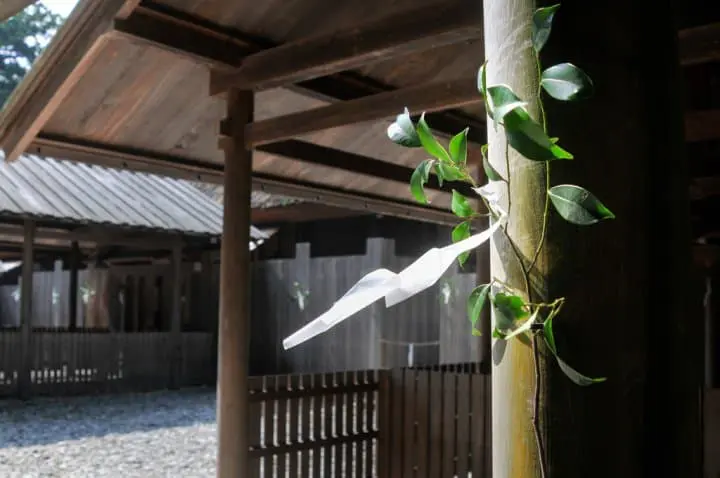
At the Ise Grand Shrine, sakaki leaves are used instead of a shimenawa sacred rope as boundary markers within this equally sacred realm. Therefore, you won't find the grand shimenawa seen at shrines like Izumo Taisha.
2. Absence of Komainu (Lion-Dog Guardians)
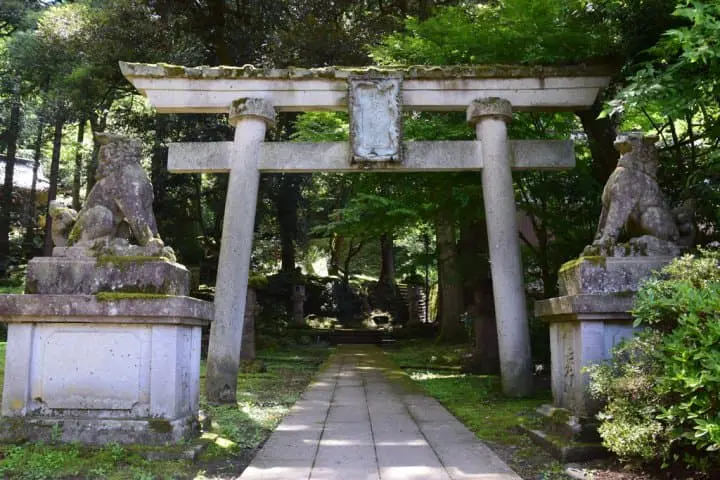
The reason why the Ise Grand Shrine does not have komainu (lion-dog guardians) is that during the construction of the shrine, the concept of komainu did not yet exist. It is said that komainu only entered Japan from China and became a part of shrines during the Edo period.
3. Absence of Suzu (Shinto Bells)
The lack of Shinto bells, or suzu, to call upon the deities within the Ise Grand Shrine is also due to the same rationale as the absence of komainu.
4. Absence of Saisenbako (Donation Box)
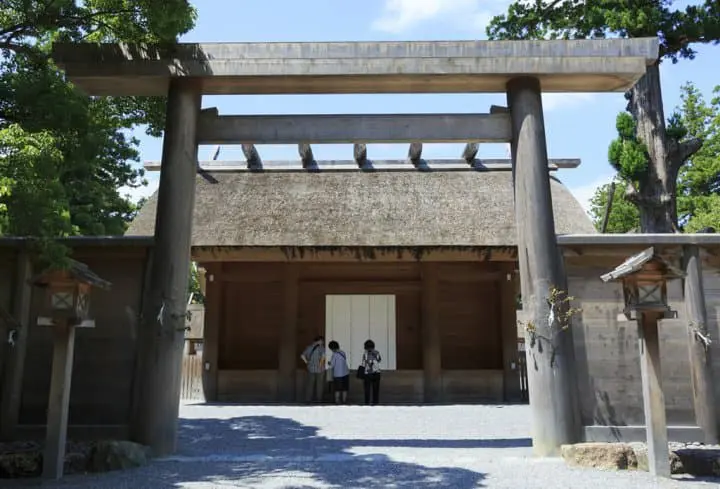
In the past, the Ise Grand Shrine actually restricted worship to only the Imperial family, forbidding anyone outside the imperial lineage from using personal offerings to worship Amaterasu-Omikami.
Consequently, there is no visible donation box in the main hall. Instead, it is covered with a white cloth, separating worshippers from directly facing the deity. However, donation boxes can still be found at other auxiliary shrines.
5. Absence of Ema (Votive Tablets) and Omikuji (Fortune-Telling Strips)
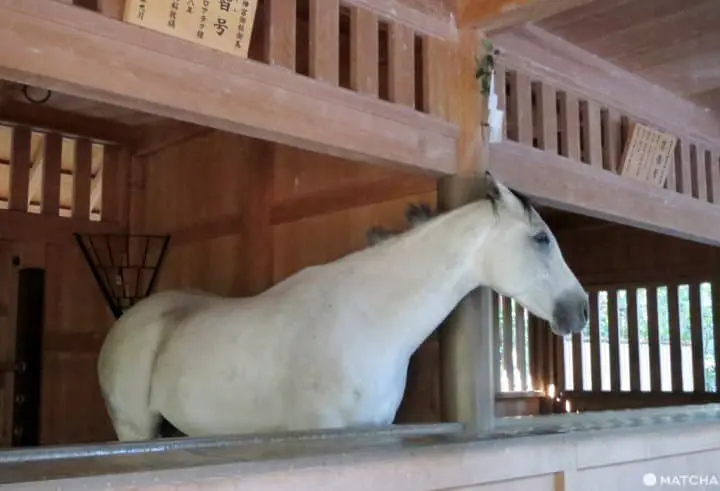
The Ise Grand Shrine does not provide ema (votive tablets) for purchase because they actually keep sacred horses that are thought to stand at the roots of ema tablets. Therefore, ema are not needed as substitutes.
Additionally, the shrine aims to discourage visitors from coming with personal desires but rather to express gratitude and sincerity towards the deity.
This is also why the Ise Grand Shrine does not offer omikuji for fortune-telling. The intention is for all visitors of varied ages and backgrounds who come to the shrine to find peace, health, and happiness.
Read also
Transportation to the Outer Shrine and Inner Shrine of Ise Grand Shrine
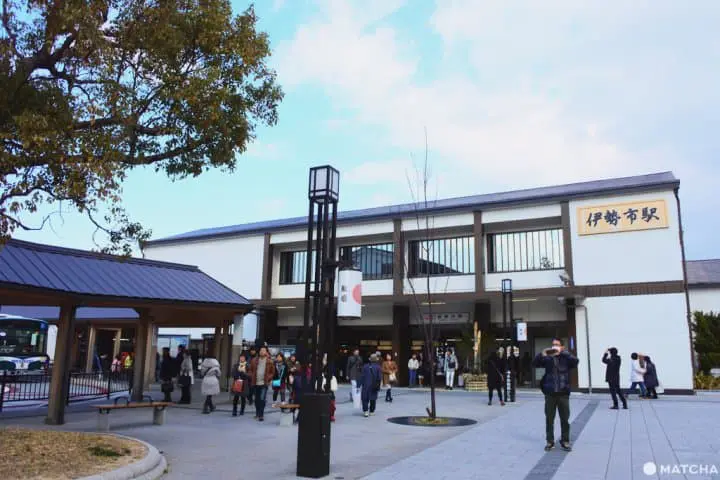
The nearest station to Ise Jingu is JR Iseshi Station, which can be accessed by direct train connection from JR Nagoya Station in one hour and 46 minutes (2,040 yen). As long as you're using the JR lines, this interval is covered by the JR Pass.
On the other hand, it is also possible to reach Iseshi Station via a Kintentsu Line train from Nagoya (Kintetsu Nagoya Station). (1 hour 33 minutes, 3,080 yen)
The official sequence for visiting Ise Grand Shrine starts with the Outer Shrine and then proceeds to the Inner Shrine. It takes about 10 minutes on foot from JR Iseshi Station.

Travelers pressed for time wishing to visit only the Inner Shrine can take the Kintetsu Line to Ujiyamada Station or Isuzugawa Station. Then board Bus Routes 51 or 55 (Route 55 does not pass through Isuzugawa Station) to reach the Inner Shrine.
Local Food to Try at Ise Jingu
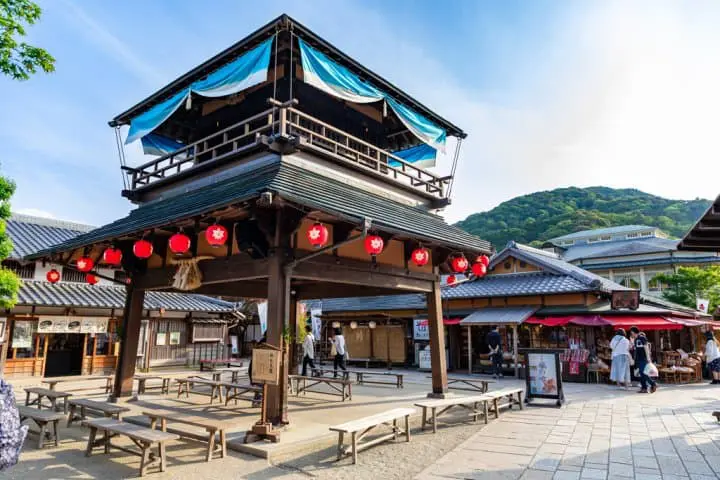
After a pilgrimage from the Outer Shrine to the Inner Shrine, finding some delicious food to soothe your hungry stomach is essential.
In front of the Inner Shrine of Ise Grand Shrine, you will find Okage Yokocho, a lane filled with various snacks and souvenir shops, maintaining a nostalgic street ambiance. Seeing other travelers joyfully indulging in food and drinks might just transmit a sense of happiness to you, too!
Ise Udon Noodles
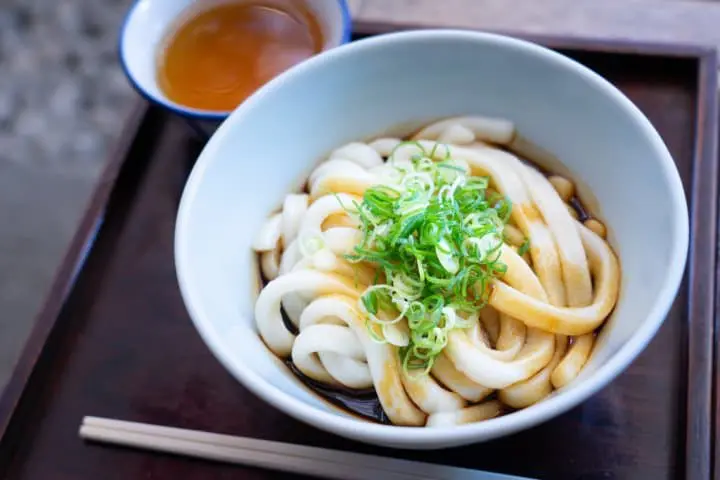
Fukusuke Ise Udon Noodles. Photo courtesy of Pixta
When you first taste Ise udon noodles, you might find them quite different from what you expected. These noodles do not have the chewiness typically associated with udon noodles but offer soft and tender strands, challenging the conventional impression of udon.
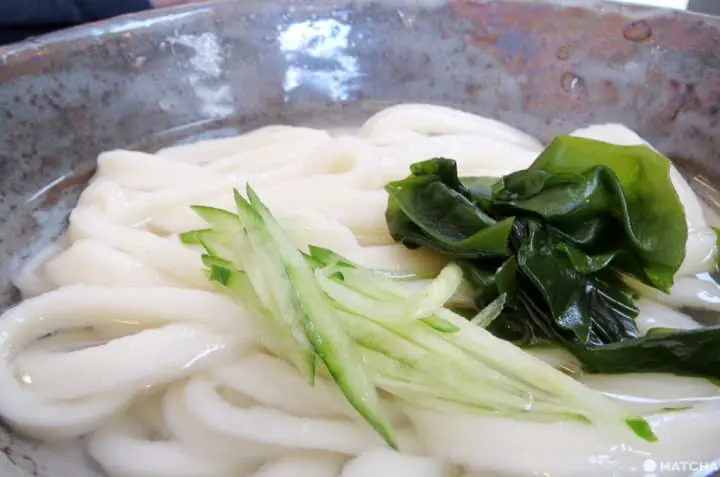
The basic way to enjoy them is by adding Ise's local soy sauce, infused with the flavors of kombu and bonito, creating a sweet and savory sauce. It's a simple dish that those who appreciate it tend to really love.
Speaking of renowned Ise Udon noodle shops, Fukusuke is a popular choice in the Okage Yokocho. However, there are other Ise Udon noodle shops in the vicinity.
If Fukusuke is too crowded, you can also try Nakamura, which offers slightly chewier noodles, making it suitable for first-time tasters of Ise Udon. These places are ideal for a quick but satisfying meal before visiting the Outer and Inner Shrines.
Matsusaka Beef
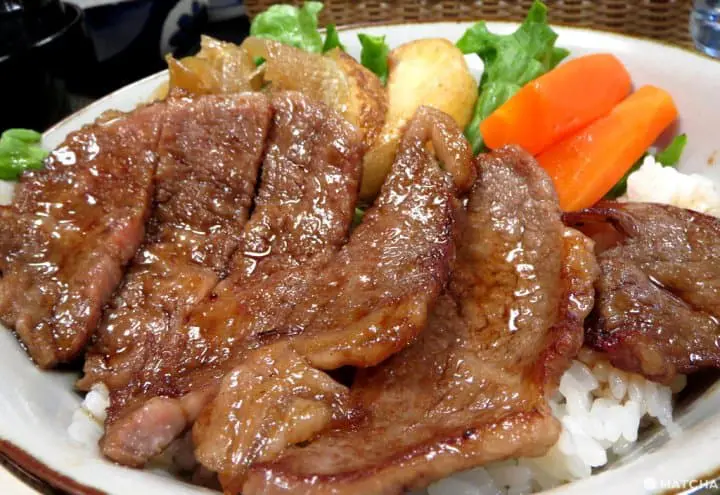
In Mie, you'll find the renowned Matsusaka Beef, making it quite irresistible to succumb to the allure of this premium beef brand! Not far from the entrance to Okage Yokocho, there is a restaurant called Ise Naiku Mae that specializes in Matsusaka beef cutlet rice bowls. The tender meat, rich in juices, combined with shiny white rice, creates an exquisite, perfect harmony!
If you're looking for a lighter option or a quick snack, you can also try their takeout grilled Matsusaka beef skewers.
Akafuku: Red Bean Mochi Delights
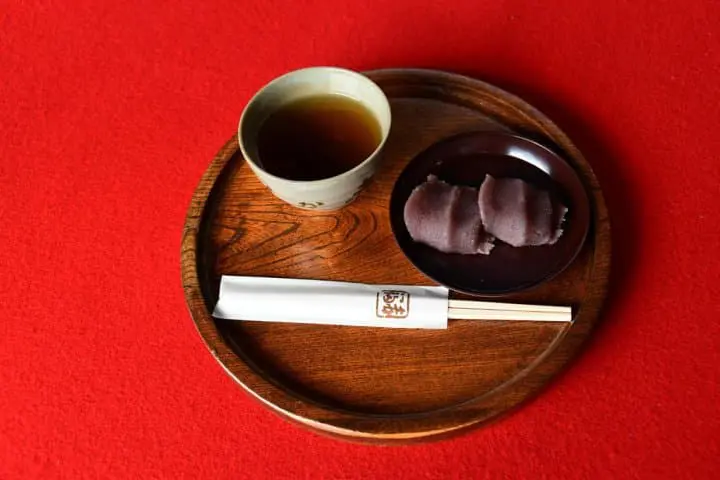
Regarding souvenir rankings in Japan, Akafuku almost always makes the list. With over 300 years of history, the Japanese highly cherish this red bean mochi treat, and it draws varying opinions among international tourists.
The delicate texture of the red bean paste combined with the chewy mochi makes Akafuku irresistible, regardless of one's sweetness preferences. Visiting the Ise Grand Shrine often includes indulging in Akafuku mochi to go with the flow.
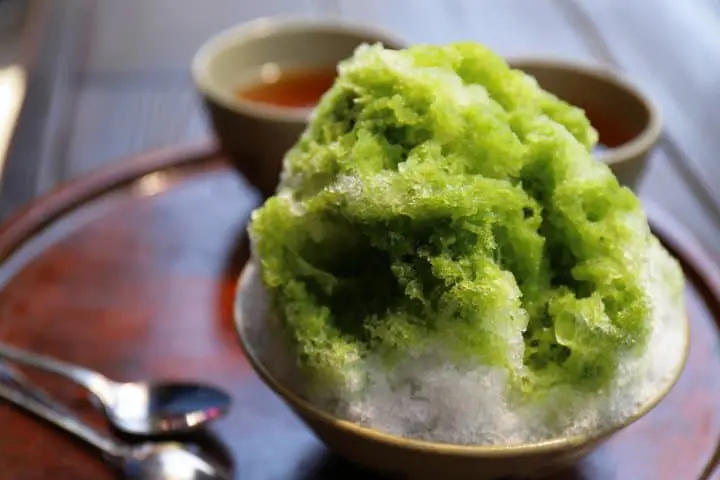
For travelers who are not fans of red bean paste, the summer-exclusive Akafuku ice is recommended. The Akafuku mochi is nestled in chilled crushed ice, harmonized with refreshing matcha syrup, offering a unique texture and taste experience akin to Uji matcha kinako (roasted soybean powder) shaved ice.
Okage Yokocho
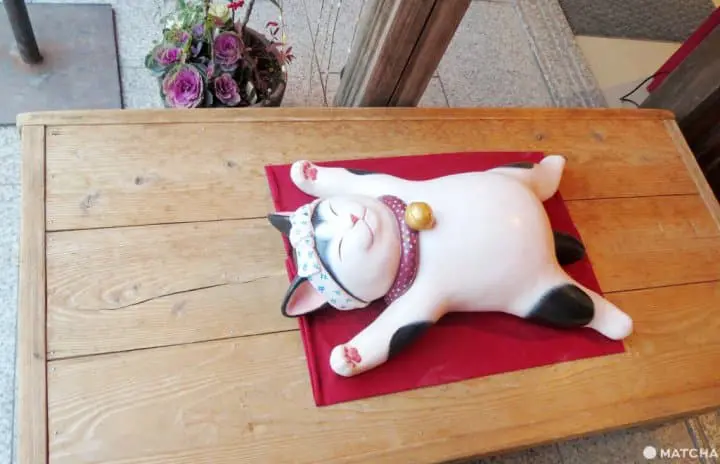
The Okage Yokocho is located around the Outer Precinct of the Ise Grand Shrine. Originally known as the Ise Sando, it was renamed Okage Yokocho after being relocated and reconstructed.
This renaming reflects the idea that visitors come to the Ise Grand Shrine with gratitude. The architecture within this area follows the gable style typical of the Ise Grand Shrine. With a variety of big and small shops, it offers delicious food and a great shopping experience.
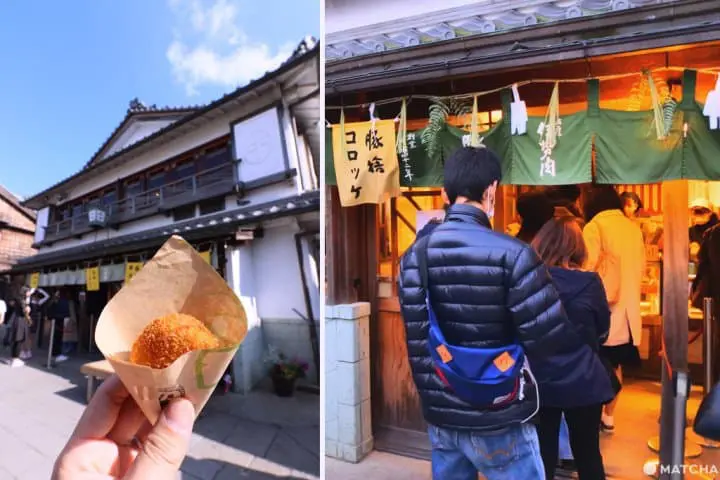
Among them, there is always a long line at Butasute for their delicious croquettes and minced meat cutlets. The shop's name, Butasute, has various origins.
However, the most amusing one is that the beef served is so flavorful that it made people forsake pork, leading to the name "Butasute" (literally meaning "Abandoning Pork"). Judging by the queue's length, the credibility of this anecdote seems quite high.
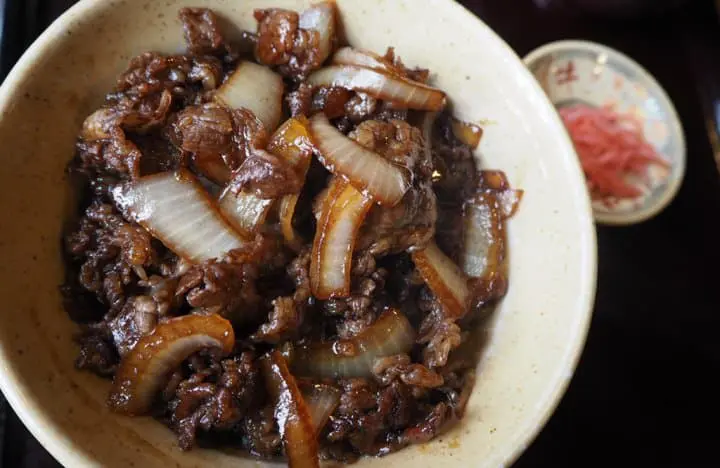
While Mie is renowned for its Matsusaka beef, Butasute has been preserving Ise Beef, a local brand that predates Matsusaka beef in Mie Prefecture. While many flock for the croquettes, insiders know that Butasute's savory beef rice bowls are a hidden gem. You can skip the queue and head straight to the second floor for dine-in service!
Nearby Attractions at Ise Grand Shrine
There are other famous sites near Ise Grand Shrine that are worth visiting on the same trip.
Futami Okitama Shrine
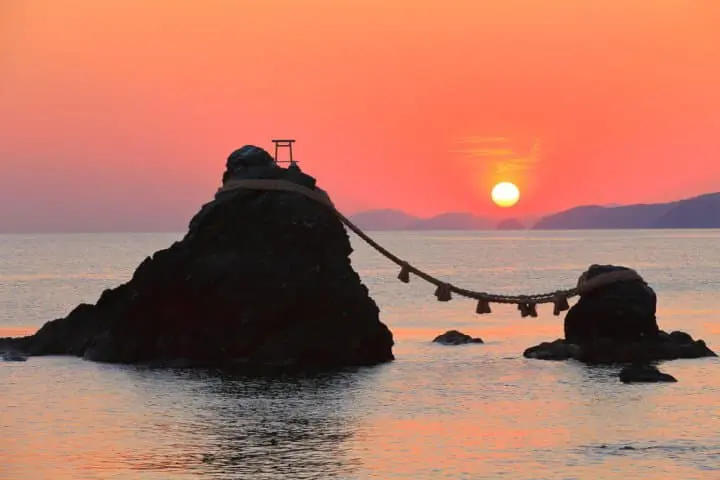
Futami Okitama Shrine primarily worships Sarutahiko Okami, the deity of good fortune, household safety, traffic safety, marital happiness, and more.
The most famous spot here is the Meoto Iwa or the Married Couple Rocks. The Male Rock stands 9 meters tall, while the Female Rock is 4 meters tall, connected by a shimenawa (sacred rope).
The best time to view this spectacle is during the early mornings between May and September when the sun rises slowly between the Married Couple Rocks, creating a sacred scene symbolizing eternal unity for couples.
Hotels near Futami Okitama Shrine
Toba Aquarium
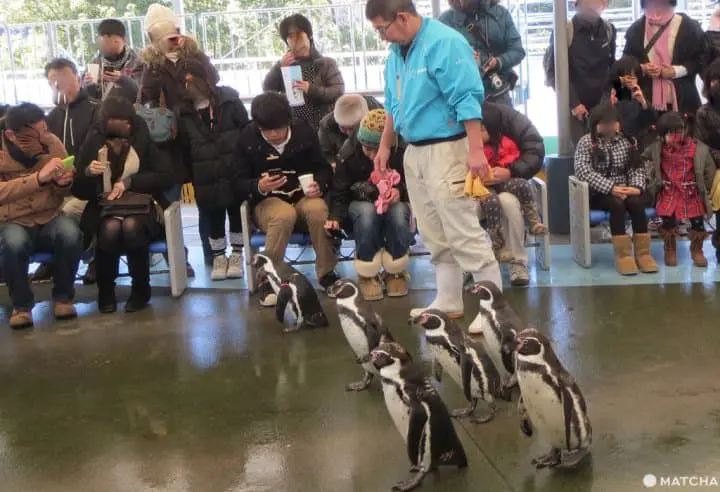

Toba Aquarium is the most iconic attraction in the Toba area of Mie Prefecture, featuring 12 different exhibition zones. The park houses over 850 species and over 20,000 marine and freshwater creatures.
Visitors can witness penguins strolling on the rooftop and encounter the only aquarium in Japan that houses dugongs, known as "mermaids."
Hotels near Toba Aquarium
Nabana no Sato

Located near the Nagashima Kintetsu Station and covering an expansive area of about 70,000 tsubo (around 23 hectares), Nabana no Sato is a vast flower park. Although not included in the Ise Grand Shrine pilgrimage package, it is close to Ise City.
If time allows, consider a visit to Nabana no Sato, known for hosting the top-ranked night illumination show in Japan. The park showcases different themes annually, particularly for travelers wanting to have a comprehensive experience in Mie after visiting the Ise Grand Shrine in the morning.
Hotels near Nabana no Sato
Enjoy Exploring Ise Jingu
The Ise Grand Shrine has always held a revered position in the hearts of the Japanese. Even overseas travelers unfamiliar with Shintoism seem influenced by the solemn and dignified atmosphere upon entering. From bowing respectfully when passing through the torii gates to naturally walking on the sides of the paths, you'll be sure to observe standard practices at this sacred site.
Beyond these etiquettes, the Ise Grand Shrine reveals intricate details that differentiate it from other shrines, showcasing its profound historical background and exceptional symbolic significance.
Main image by Pixta















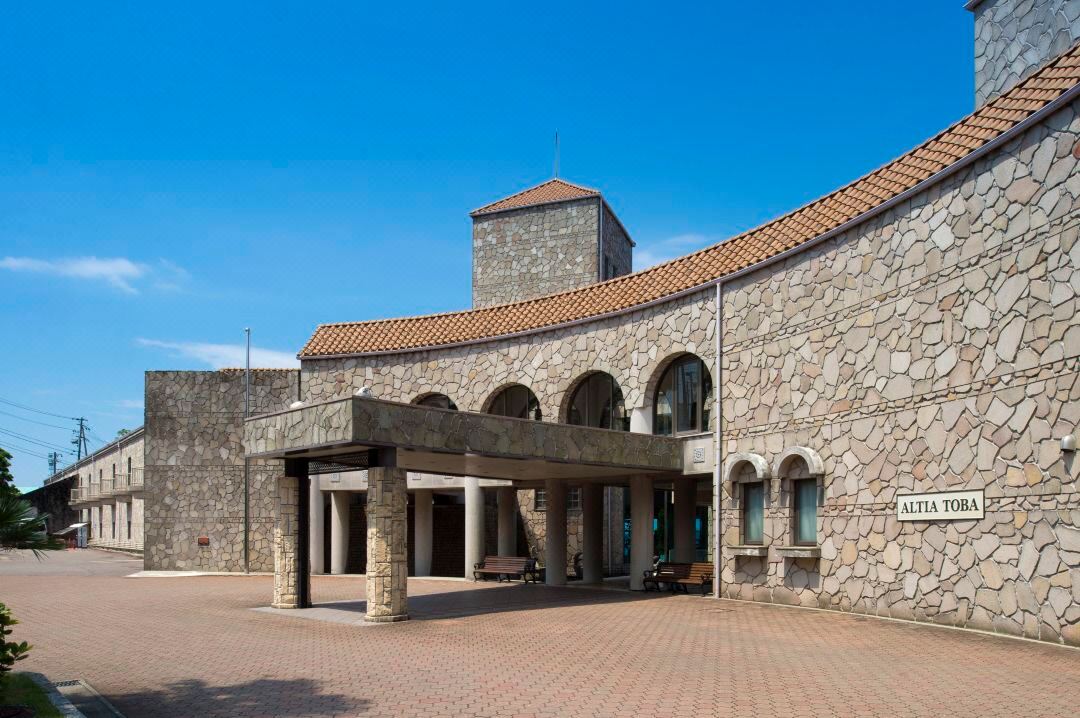
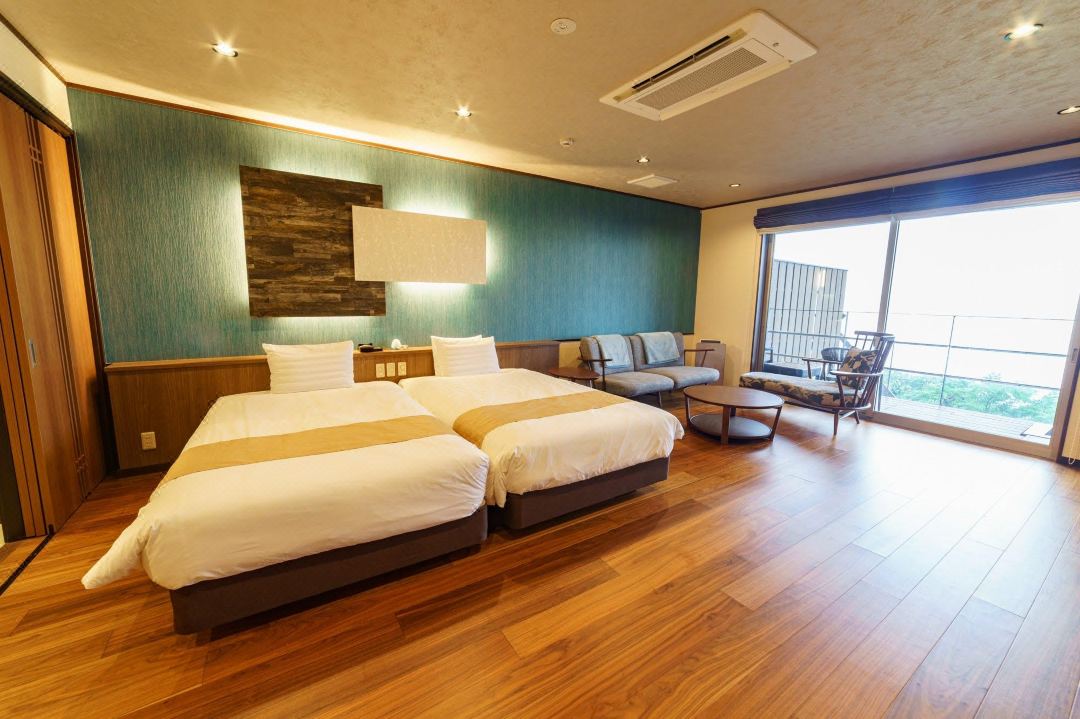
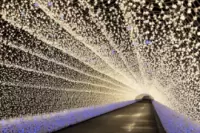

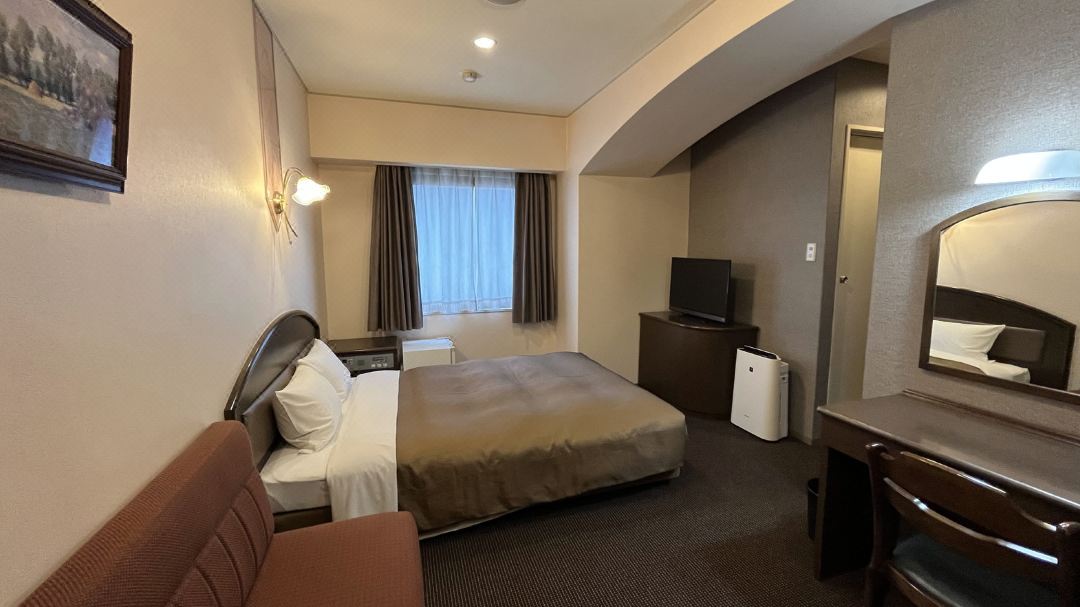
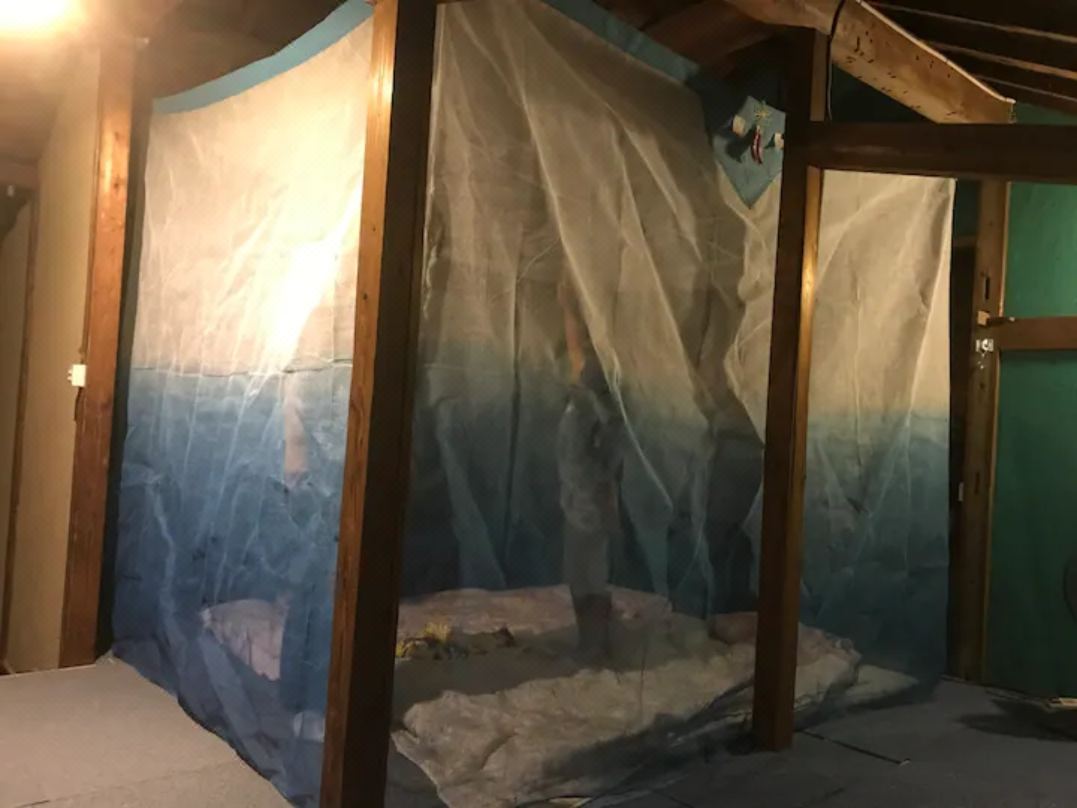

![[SHIMAKAZE: A Train You Should Ride at Least Once] We recommend the SHIMAKAZE, which can take you to the seaside resort of Ise-Shima from Osaka, Kyoto, and Nagoya without transferring.](https://resources.matcha-jp.com/resize/720x2000/2025/06/09-235798.webp)

![[Ending in 2025] Snow scenery accessible from Osaka and Nagoya! Enjoy Mt. Gozaisho in winter!](https://resources.matcha-jp.com/resize/720x2000/2024/12/16-215480.webp)




























![[Coupon Available] Attention Overseas Winter Sports Fans! Nagano's Sports Depot Has Evolved](https://resources.matcha-jp.com/resize/720x2000/2026/01/05-254819.webp)
![[2 hours from Tokyo ] 10 Quiet and Breathtaking Views of Mount Fuji in Yamanashi Hokuto City , Yamanashi - Part 2](https://resources.matcha-jp.com/resize/720x2000/2025/12/16-253037.webp)
